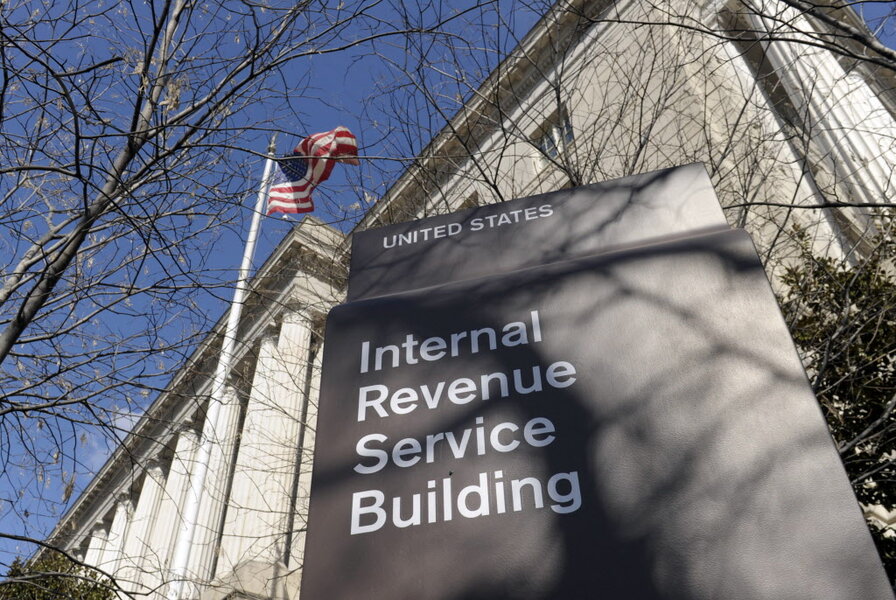Why Trump tax revelation leaves many unsatisfied
Loading...
Donald Trump tax documents leaked to the media and broadcast on Rachel Maddow’s MSNBC show add an interesting dollop of knowledge to the public understanding of the president’s opaque business dealings.
In particular, they proved that prior to winning the White House Mr. Trump did indeed pay taxes. In 2005 he paid $36.5 million in income tax on earnings of $153 million, according to the summary pages.
But the documents weren’t a full return. They were notable for what they didn’t contain as much as what they did. They revealed nothing about the sources of Trump’s money, or what banks and other organizations he did business with, or even what countries he was connected with or operating in.
That’s why the media and other watchdogs should treat these papers as a teaser, and continue to press Trump to release more data on his companies and potential conflicts of interest, said a number of analysts in the wake of the tax release.
“What we don’t know is a reminder of why tax returns – the full documents – matter,” noted ABC’s tip sheet “The Note” on Wednesday.
Independent journalist David Cay Johnston obtained the newly public Trump tax paper, and wrote about it on DCReport.org. He simply received them in the mail, he said on Maddow’s show Tuesday night. That could shield him (and Maddow) from federal charges in regards to publishing private and personal Internal Revenue Service information. He didn’t solicit or filch the data himself, according to his account. He is just a conduit.
The summary pages show that Trump paid a rate of about 24 percent in 2005. The average American pays a rate of around 10 percent, while millionaires generally pay 27 percent or higher, according to data from the Congressional Joint Committee on Taxation cited by the Associated Press.
The fact that Trump paid the IRS at all is notable due to the fact that last October The New York Times published Trump’s 1995 New York state tax return. This showed Trump claiming a $916 million loss, a tax deduction so big he might legally have avoided paying federal income taxes for up to 18 years, according to the Times’ analysis.
In 2005, Trump did write off $103 million in losses, according to the documents obtained by Mr. Johnston. But his adjusted gross income was still positive, at $49 million, resulting in an income tax liability.
Given that the quick bottom line of the documents makes Trump look good, or at least knocks down a negative perception of possible tax avoidance, many commentators suggested that Trump himself leaked the documents. The envelope containing them was postmarked in Westchester, N.Y., Johnston himself noted.
Leakers to the news media generally have a specific motive, so that’s possible. Trump may have wanted to distract the media from such negatives news stories as the difficulties Republicans are facing in fulfilling their “repeal and replace” pledge about Obamacare. He’s served as his own publicist before.
But the circle of Trump advisers and supporters who might have had access to the documents is wide enough to make pinpointing the leak an impossible game.
And some of the details in the documents weren’t great for Trump. Much of his tax liability was due to the existence of the Alternative Minimum Tax, a backup means of calculating income meant to ensure the wealthy don’t use deductions to entirely escape payment. Trump has proposed eliminating the AMT, a move now proven as something that would personally benefit him.
The White House implicitly confirmed the authenticity of the papers on Tuesday, saying in a statement that the deductions taken were for unspecified construction depreciation and that Trump, pre-presidency, was “one of the most successful businessmen in the world.”








